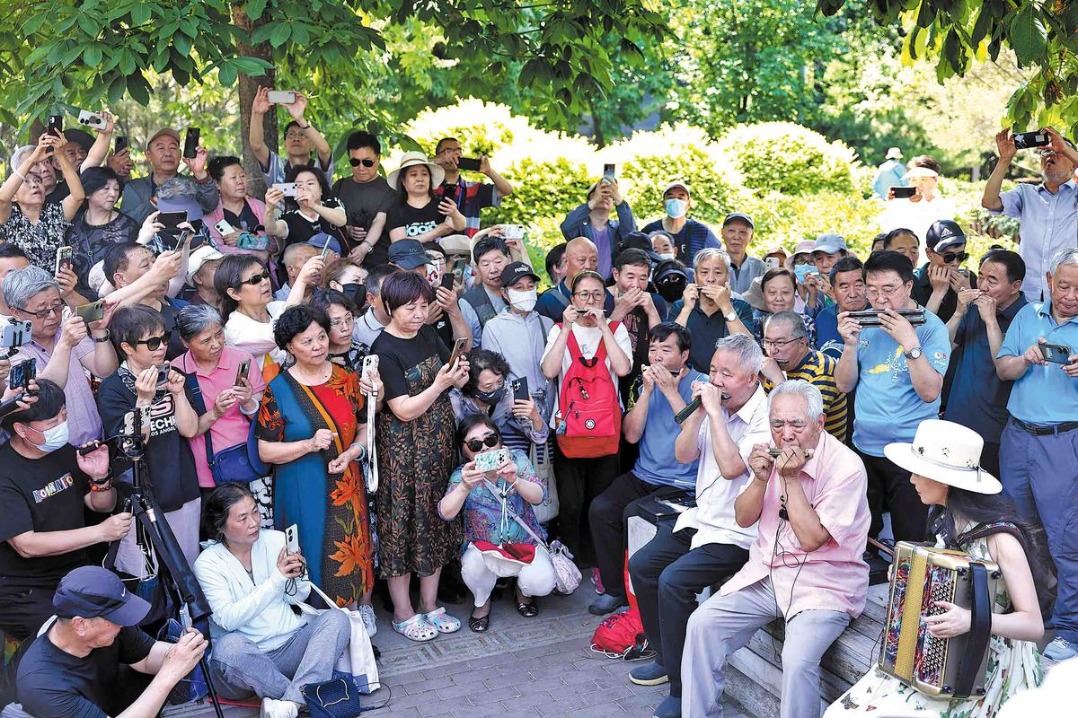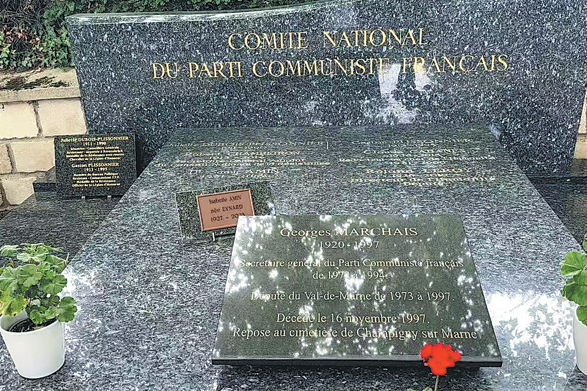From a regional consensus to a global vision


Education, science and talent are driving a shared future between China and Latin America and the Caribbean
This year marks the 10th anniversary of the China-Community of Latin American and Caribbean States Forum, a milestone that bridges a decade of dialogue and cooperation. At this pivotal moment, both sides have unveiled the China-CELAC Joint Action Plan for Cooperation in Key Areas (2025-27) — a blueprint that stands out for its strategic depth in education, science and talent cooperation. Beyond signaling the deepening of China-Latin America ties, this plan is a vivid embodiment of the core principles later articulated in China's Global Governance Initiative at the regional level.
A close look at the joint action plan reveals a strategic shift from "breadth" to "precision". The number of Chinese government scholarships has been slightly adjusted, while the more practical short-term specialized training programs have increased more than threefold. These adjustments are targeted at emerging areas such as artificial intelligence governance capacity building, digital talent development, training for scholars in new and social media, youth political leadership exchanges, and "Chinese language+vocational skills" programs. According to the White Paper on Global Digital Economy (2023), released by the China Academy of Information and Communications Technology, the value of China's digital economy reached $7.5 trillion as of 2022, ranking second globally. This robust domestic foundation has turned China's digital knowledge exports into practice-based cooperation rather than theoretical discourse.
For the first time, the plan also proposes the creation of a China-Latin America young scientists training program and support for short-term research visits to China by young scientists from Latin America, reflecting a shared effort to tackle frontier technological challenges and to strengthen the foundations of joint innovation.
At the Shanghai Cooperation Organization Tianjin Summit, President Xi Jinping formally introduced the Global Governance Initiative, which joins the ranks of China's previous global initiatives — the Global Development Initiative, the Global Security Initiative and the Global Civilization Initiative — as another major public good offered by China to a transforming world. However, the guiding principles of the Global Governance Initiative — multilateralism, people-centered governance and action-oriented cooperation — had already found practical expression in the new framework for China-Latin America educational collaboration.
This cooperation model has become a regional example of practicing multilateralism. It goes beyond traditional bilateral assistance to build a diversified, multidimensional network of partnerships. Whether through inviting Latin American countries to participate in the World AI Cooperation Organization — a mechanism aimed at shaping global frameworks for AI governance — or by encouraging collaboration with the United Nations Educational, Scientific and Cultural Organization to establish joint research institutes in science, technology, engineering and mathematics fields, China and its Latin American partners are jointly designing global rules grounded in consensus rather than imposing uniform standards. This approach offers a new perspective for global governance: not to replace existing systems, but to enrich their diversity through complementary regional practices.
Equally significant is the people-centered vision that underpins these initiatives. The focus of cooperation has shifted from physical infrastructure to the development of human capabilities. By August 2025, China had established 36 Luban Workshops — officially recognized by the China Education Association for International Exchange — in 31 countries across Asia, Africa, Europe and the Americas, including the Nicaragua Luban Workshop, the first of its kind in the Americas.
The Nicaragua center is equipped with modern industrial training facilities such as electrical assembly stations and robotic production lines, and offers programs such as the application of internet of things technology, electrical automation, mechatronics, and mechanical manufacturing and automation. The initiative aims at strengthening Nicaragua's technical education system while meeting local industry demand for skilled professionals, including Chinese enterprises operating in the region.
Meanwhile, the China-CELAC Joint Action Plan will create 500 training opportunities in media and digital communication, empowering Latin American journalists and content creators to foster a more informed and balanced public discourse. At their core, these actions share one purpose: to transfer knowledge and skills that empower individuals, thereby advancing social progress and shared prosperity.
The plan also reflects the action-oriented pragmatism that lies at the heart of the Global Governance Initiative. Rather than remaining at the level of declarations, it introduces concrete projects such as the establishment of "Chinese language+vocational skills development centers" and the expansion of training programs for modern farmers. These initiatives directly address Latin America's development priorities. According to the Food and Agriculture Organization, agricultural modernization and food security remain top concerns for the region. Here, China's experience in digital agriculture and smart farming technologies offers tangible solutions for sustainable productivity and resilience.
It is worth noting that these international efforts form part of a strategic alignment with China's domestic policies. The 2024-35 master plan on building China into a leading country in education explicitly emphasizes opening new development pathways through education digitalization and deep participation in global education governance as key priorities. This alignment signals China's intention to translate its domestically tested education reforms into global public goods, using regional mechanisms such as China-CELAC cooperation as key platforms for dissemination and mutual learning.
From the China-CELAC Joint Action Plan to the Global Governance Initiative, a new pathway of cooperation based on education, science and talent is steadily taking shape. This pathway represents a shift from extensive expansion to deep operational collaboration, and from resource input to innovation in rules and standards.
In the future, China-Latin America educational and cultural exchanges will go beyond student mobility to evolving into a comprehensive strategic framework encompassing talent cultivation, standards harmonization, technology diffusion and joint discourse building. Such a transformation will not only strengthen the foundation of a China-LAC community with a shared future, but also offer the Global South a hopeful model for participating in and reshaping a fairer, more inclusive system of global governance.
In this sense, education has become one of the most visible laboratories of China's evolving global governance diplomacy — where principles are tested through practice, and where regional cooperation lays the groundwork for a more balanced and participatory global order.
The author is a researcher at the Institute of International and Regional Studies at Sun Yat-sen University. The author contributed this article to China Watch, a think tank powered by China Daily. The views do not necessarily reflect those of China Daily.
Contact the editor at editor@chinawatch.cn.
































